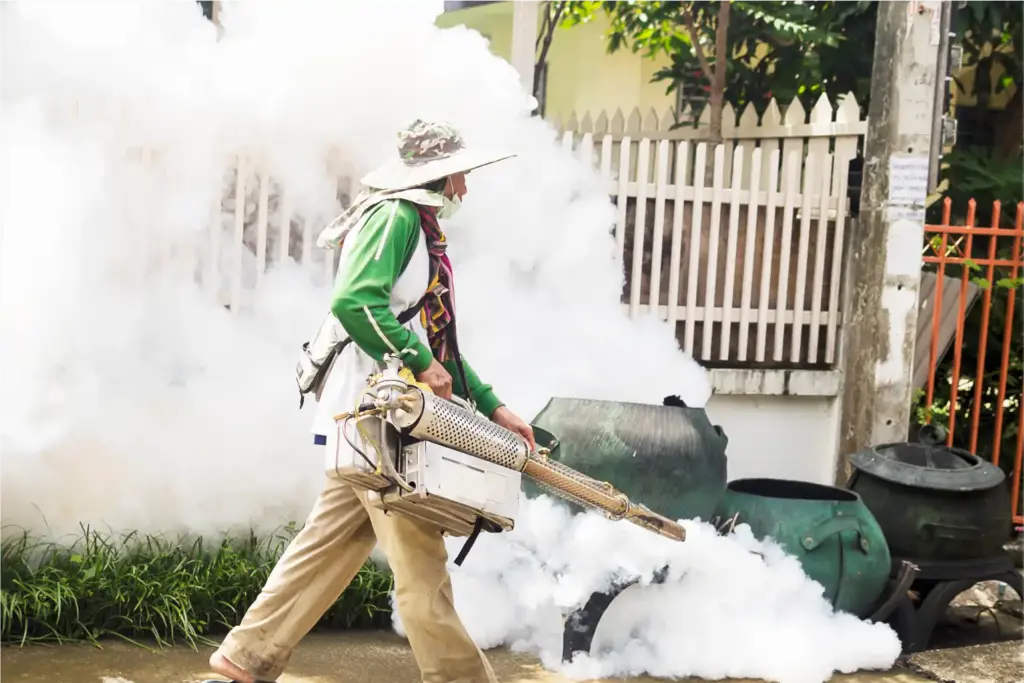
Dengue cases in India: India has recorded 49,573 dengue cases and 42 deaths this year up to August 31, according to the Union Health Ministry, which warned that prolonged rains and waterlogging could trigger a fresh spike as the monsoon withdraws.
By comparison, 2024 saw 2,33,519 cases and 297 deaths across the country. So far, Delhi-NCR has recorded 964 infections in the capital, compared to 1,646 cases in Uttar Pradesh, 298 in Haryana, and 1,181 in Rajasthan.
Also Read | What to eat and avoid during dengue fever
Chairing a high-level review on preparedness in Delhi and the wider NCR, Union Health Minister J. P. Nadda said that although current incidence remains relatively low, states must “reassess their readiness” and anticipate a possible uptick. He pressed for “Jan Chetna through Jan Bhagidari” to drive community action and called for hospital readiness, tighter inter-sectoral coordination, stronger surveillance, and rapid response teams in vulnerable clusters.
Public health officials note that dengue transmission typically accelerates during the rains as stagnant water, humidity, and warmth create ideal breeding sites for Aedes mosquitoes.
Dengue symptoms usually appear 4–10 days after an infectious bite and may include high fever, severe headache, pain behind the eyes, muscle and joint pain, nausea or vomiting, fatigue, and a rash; warning signs such as breathing difficulty, chest pain, bluish lips, confusion, or inability to keep fluids down warrant urgent care.
Authorities prioritise prevention as the primary defence strategy, recommending the use of repellents such as DEET; the wearing of long sleeves and trousers, particularly during dawn and dusk; the installation of screens; sleeping under nets in endemic areas; and the elimination of standing water in and around homes.
With the national tally approaching 50,000 infections by the end of August, the Health Ministry has asked NCR states to intensify vector control, step up surveillance, and mount visible information campaigns in schools, labour camps, and high-risk neighbourhoods.








